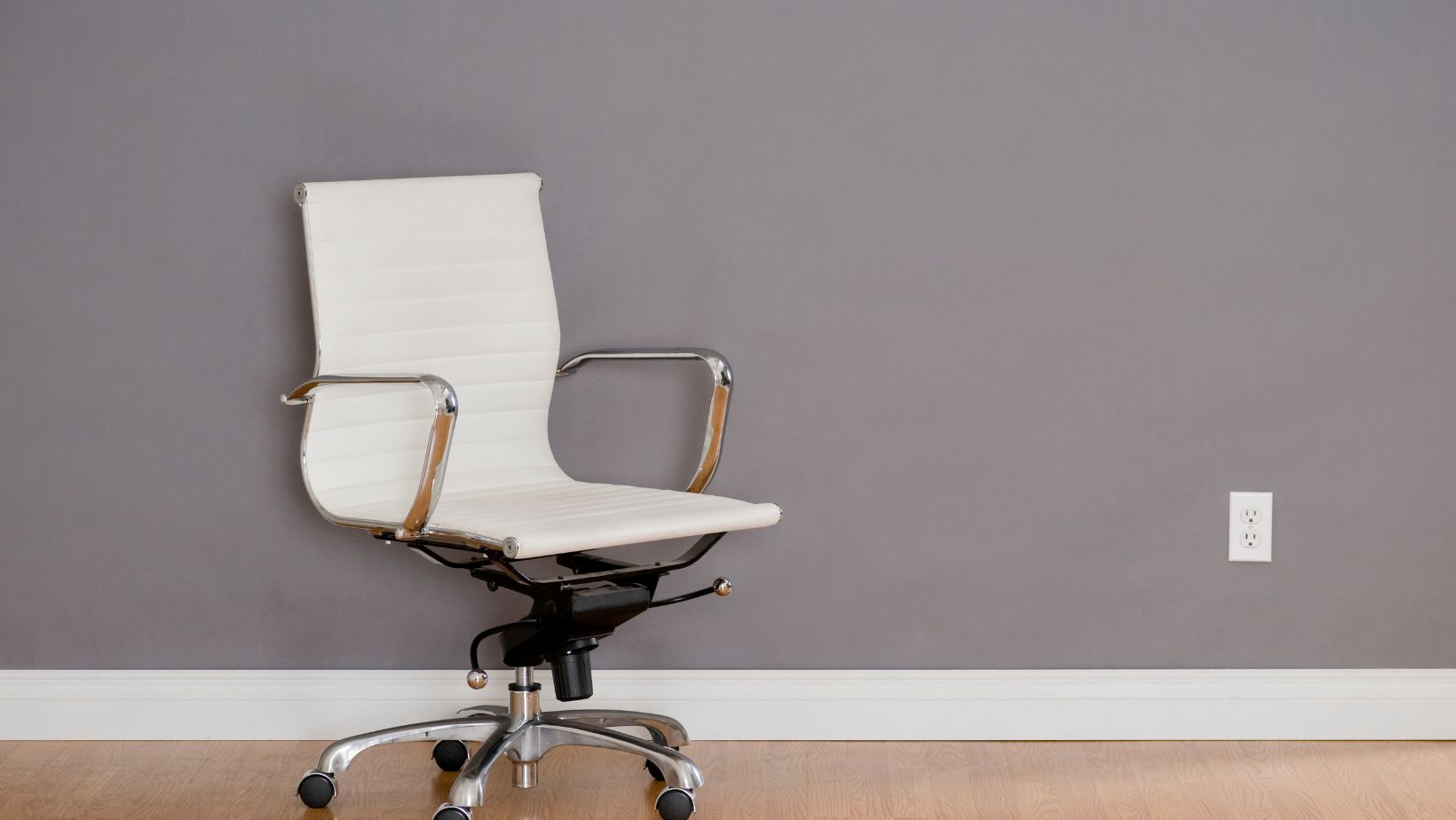If you’ve ever found yourself sitting at your desk with a sinking office chair, you know how important ergonomics can be. Ergonomics is the study of how people interact with their environment. This includes everything from the design of your office to the way you sit in your chair.
What are The Benefits of Ergonomics
There are many benefits of ergonomics in the office, including reducing musculoskeletal disorders (MSDs), improving productivity, and improving morale. MSDs are injuries or disorders of the muscles, nerves, tendons, joints, and other soft tissues. They can be caused by repetitive motions, awkward positions, incorrect posture, or force.
Ergonomics can help reduce MSDs by addressing the factors that contribute to them. For example, if you spend a lot of time typing on a keyboard, an ergonomic keyboard can help reduce the risk of developing an MSD. Ergonomic office furniture can also help reduce MSDs by making it easier to maintain correct posture and alignment.

In addition to reducing MSDs, ergonomics can also improve productivity. For example, if you’re able to type more quickly and accurately with an ergonomic keyboard, you’ll be able to get more work done. And if you’re not taking frequent breaks to adjust your posture or rest your eyes, you’ll be able to work for longer periods of time without becoming fatigued.
Finally, ergonomics can improve morale in the office by making it a more comfortable and pleasant place to work. When employees are comfortable and have the right tools for their job tasks, they’re more likely to be satisfied with their job. And when employees are satisfied with their job, they’re more likely to stay with the company and less likely to call in sick.
How to Fix a Sinking Office Chair
If your office chair is sinking, it may be due to a few different reasons. It could be that the gas lift is not working properly, which is causing the seat to slowly sink. Alternatively, the Once you identify the problem, you can take steps to fix it and prevent it from happening again in the future.
First, check to see if the gas lift is working. If it is, then the problem may be with the seat itself. Try gently lifting up on the front of the seat to see if it comes up easily. If not, then there may be something blocking the mechanism. Check to see if there is any dirt or debris lodged in between the seat and the base. If so, remove it and try again.
If your chair still won’t stay up, then you may need to replace the gas lift. This is a relatively easy process that only requires a few tools. You can find replacement gas lifts at most office supply stores or online retailers. Follow the instructions included with your new gas lift to install it properly.
Once you’ve replaced the gas lift, test out your chair to see if it stays in place. If not, then there may be an issue with the weight distribution of your chair. Try sitting in different positions until you find one that keeps the chair from sinking down. Also, make sure that all four legs of your chair are level with each other. uneven surfaces can cause chairs to sink down over time.
If you’ve tried all of these things and your chair still won’t stay up, then you may need to consult a professional for help. A qualified technician will be able to diagnose and fix any underlying issues with your chair
How to Adjust Your Office Chair
If you spend most of your workday sitting in an office chair, it’s important to have one that is comfortable and supportive. An ergonomic office chair can help to reduce the risk of back pain, neck pain, and other musculoskeletal disorders. If your office chair is sinking, there are a few things you can do to fix it.
Most office chairs have a pneumatic gas lift that allows you to easily adjust the height of the seat. If your chair is sinking, it is likely that the gas lift needs to be adjusted. To do this, simply twist the knob located under the seat until the chair is at the desired height.

How to Adjust your Keyboard and Mouse
If you use a computer for long periods of time, proper placement of your keyboard and mouse is crucial to maintaining good ergonomics. The keyboard and mouse should be positioned so that your elbows are at a 90-degree angle and your wrists are in a neutral position.
To customize the placement of your keyboard and mouse:
1. Sit up straight in your chair with your feet flat on the floor.
2. Position the keyboard so that it is directly in front of you at a comfortable height.
3. Place the mouse next to the keyboard within easy reach.
4. If you use a laptop, place it on a stand or in an ergonomic dock to raise the screen to eye level and position the keyboard and mouse correctly.
If you find that you are constantly reaching for your mouse, try using a wireless model or an ergonomic trackball instead.


